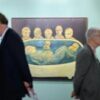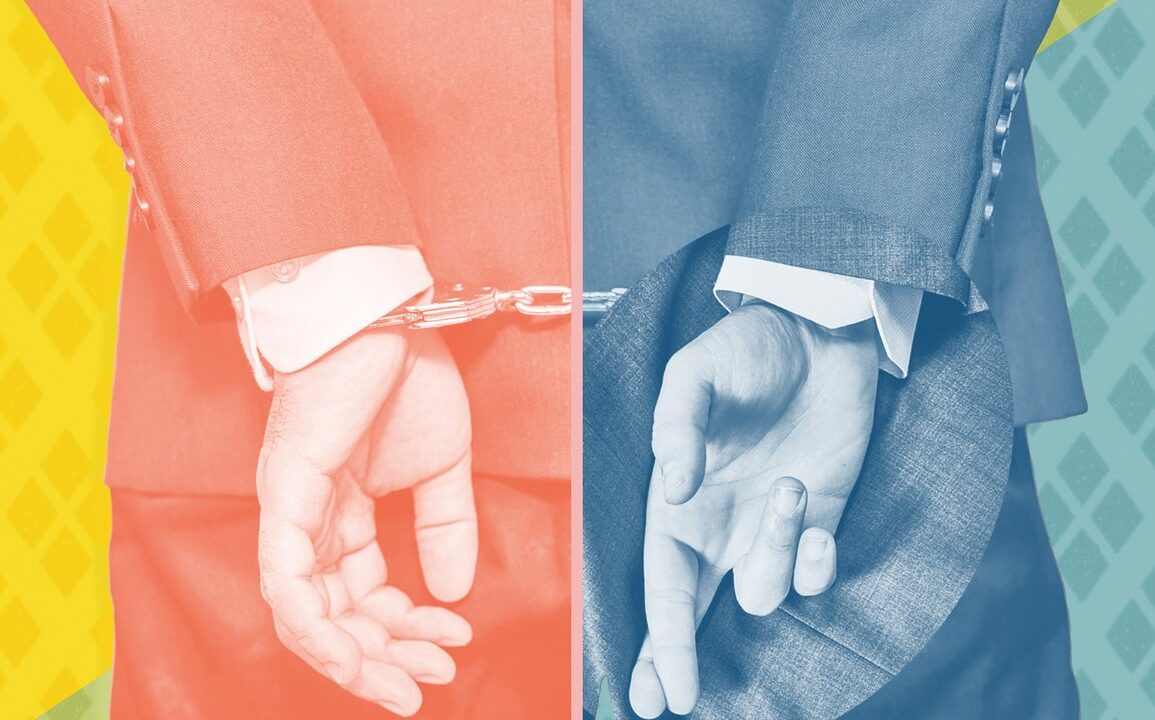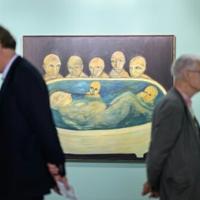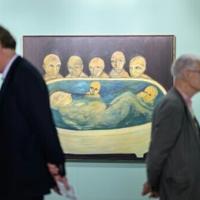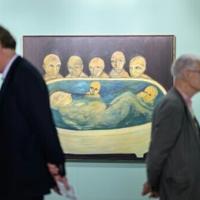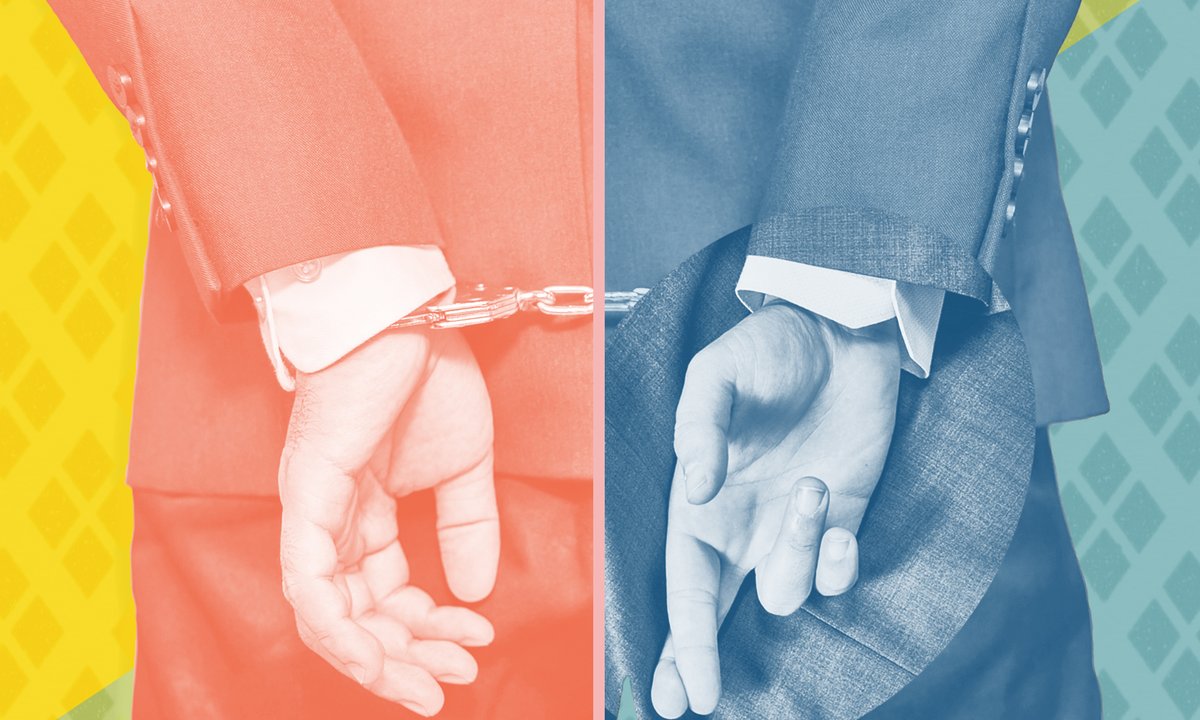
So Inigo Philbrick, the art market’s golden boy-turned-convicted fraudster, left jail in January this year, after less than four years into his seven-year sentence. He still has two years of supervised release to serve; as for the £70m he stiffed from colleagues, well, he’s supposed to start paying that back.
His fiancée and mother of his daughter Gaia-Grace, the Made in Chelsea star Victoria Baker-Harber, lost little time in announcing the happy news of his release to her 193,000 followers on Instagram, with a carefully styled image. Over 8,000 people expressed their approval, littering the comments with heart emojis. “I bursted [sic] into tears of joy…So happy for the three of you,” went one post…
Meanwhile, has Philbrick truly owned his wrongdoing, despite pleading guilty? “Of course I did things the wrong way,” he told Vanity Fair, “But creatively and with the best of intentions.” Eh? Tell that to those he sold part shares of artworks to, who are now embroiled in years of civil litigation to establish who the works actually belong to.
In a curious parallel, Philbrick sounds a bit like Sam Bankman-Fried, who has just been convicted of stealing $8bn from customers of FTX, his crypto company; he copped 25 years in prison (he is appealing the sentence).
“I made a series of bad decisions…They weren’t selfish decisions. They weren’t selfless decisions. They were bad decisions,” he told the court. Both men seem to be in denial, but there is a difference—Bankman-Fried will never be able to return to the financial sector, thanks to its regulatory framework. But Philbrick has already said he wants to get reestablished as an art dealer. And nothing can stop him, technically.
Indeed, there are other examples of dealers, convicted or merely tarnished, who have returned to the market after encounters with the law or even prison sentences.
Ezra Chowaiki wrote about his 18 months in prison for fraud—and once out, proclaimed: “I’m still selling paintings. From the minute I was released, I kept getting phone calls from people wanting to buy paintings from me, or wanting me to sell their paintings, or even partner with me. I’m good at dealing art.”
The celebrity art adviser Helge Achenbach, after leaving the jail where he had landed after defrauding clients, has written his memoirs and runs Culture without Borders, a centre for persecuted artists in Germany. Ann Freedman, who was splattered in the Knoedler faking scandal but was never accused of wrongdoing, still runs a Manhattan gallery. The convicted art faker Wolfgang Beltracchi continues to sell his paintings, now under his own name rather than that of Campendonk, Ernst or Derain.
So the chances of Philbrick returning to the market seem high; it is, after all, what he knows how to do. And as long as he can make money for clients, they may well be tempted to ignore his past—caveat emptor or not.
This post was originally published on this site be sure to check out more of their content

